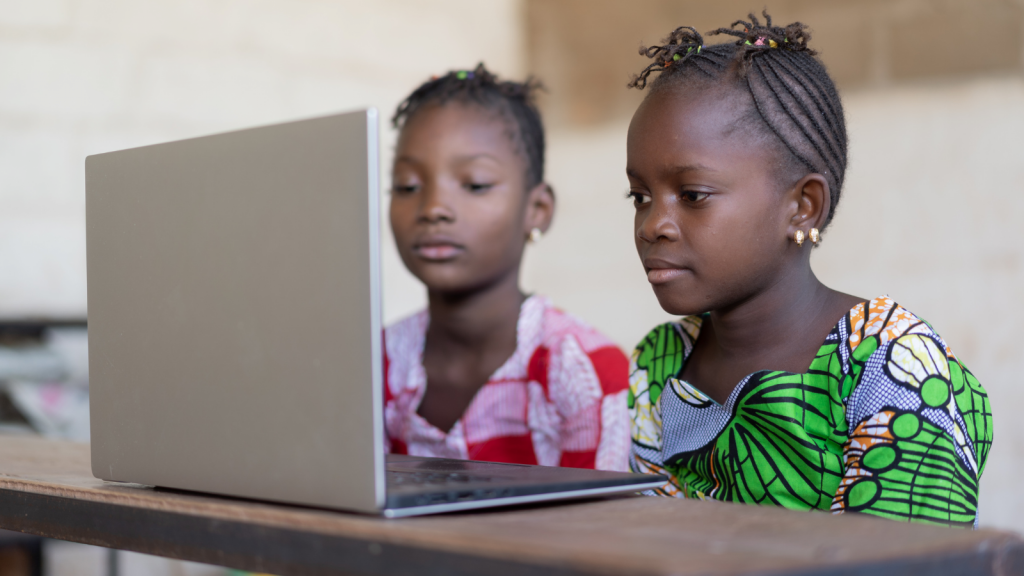This post was written by Carmen Ferri, GDIP Partnership Engagement Specialist.
Global Digital Inclusion Partnership (GDIP) is excited to introduce the latest installment of the innovative research effort, the Costs of Exclusion, in conjunction with the Internet Society Foundation. The research project studies the economic cost of the digital gender gap.
According to the latest ITU figures, the digital gender gap remains wide in the least developed countries (LDCs), with only 30% of women compared to 43% of men using the internet. The problem has caused low to middle-income countries a staggering US$ 1 trillion in their economies.

Using the lessons gathered during the COVID-19 pandemic, this new study will dive deeper into the repercussions of the digital exclusion of women. By focusing on interventions and outcomes in South Africa, Uganda, Mozambique, Ghana, Bangladesh, and Cambodia, the project seeks to uncover the socio-economic, educational, and developmental losses caused by the lack of digital connectivity.
In today’s interconnected society, the importance of internet access cannot be emphasized enough. And as the global health crisis progressed, it became clear that being disconnected from the internet has far-reaching effects for both individuals and countries.
The pandemic has highlighted the critical importance of policymakers prioritizing gender-responsive broadband policies in order to close the digital gender gap and promote meaningful connectivity.
“This research will provide new insights into the multifaceted difficulties stemming from the digital gender gap, building on the findings of the previous Costs of Exclusion research,” said Sonia Jorge, founder and executive director of Global Digital Inclusion Partnership. “The new phase of the project will explore effective methods of addressing these systemic problems of lack of meaningful connectivity by exploring the experiences of women and girls in the global majority.”

The six countries included in this study cover a variety of perspectives and provide valuable insights into the many aspects of digital exclusion. The research will draw relevant comparisons and lessons that can be used globally by analyzing the initiatives and outcomes within these countries.
“The Internet Society Foundation is excited to support the new chapter of the Costs of Exclusion project together with the Global Digital Inclusion Partnership. We believe that the internet should be for everyone – and this new project intends to contribute to this goal by expanding the worldwide discussion and literature on internet access and gender equality during and after the pandemic,” said Maiko Nakagaki, Program Officer at Internet Society Foundation.
The findings of this latest research will guide the development of focused measures to close the gender digital divide and promote inclusive growth.
To read the previous Costs of Exclusion reports and learn more about our work, visit our Inclusive Societies page.
About Internet Society Foundation
The Internet Society Foundation supports the vision of the Internet Society and its work for an open, globally-connected, secure, and trustworthy Internet for everyone. For more information, please visit isocfoundation.org
About GDIP
The Global Digital Inclusion Partnership is a coalition of public, private, and civil society organizations working to bring internet connectivity to the global majority and ensure everyone is meaningfully connected by 2030. Founded by a global team of experts who successfully championed affordable and meaningful connectivity around the world, GDIP advances digital opportunities to empower and support people’s lives and agency, leading to inclusive digital societies.